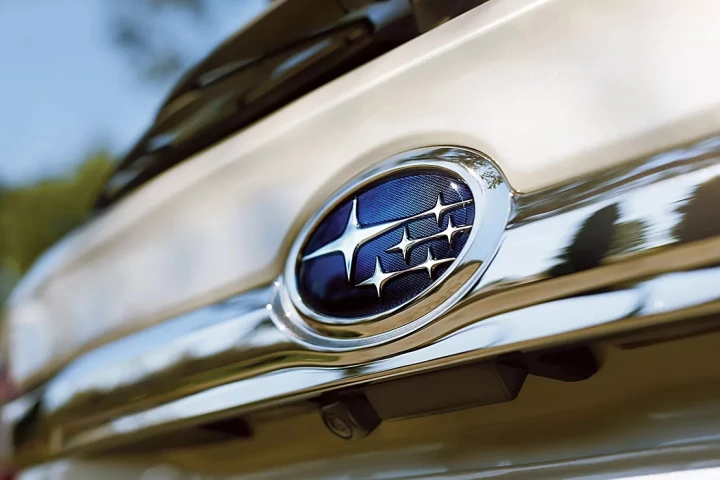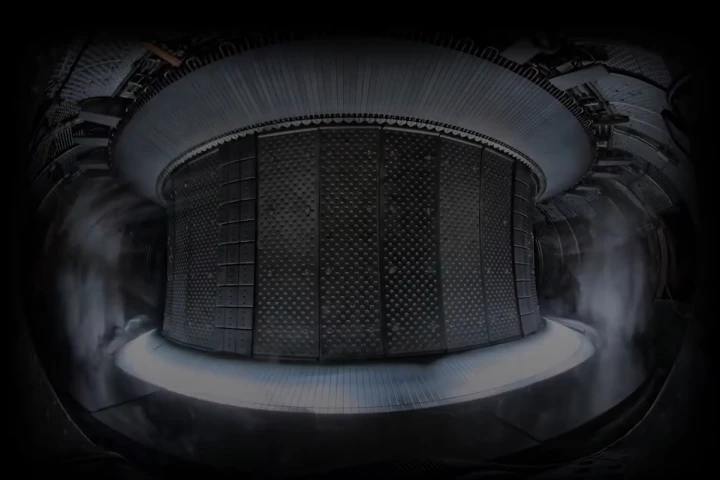As part of its 10th birthday celebrations, the National Museum of Computing at Bletchley Park in the UK set eight computing machines spanning 80 years against each other in a race to find numbers in a mathematical sequence. An old WITCH machine and a modern iPhone were among the competitors of the Grand Digital computer race, but the clear winner was a BBC micro:bit with a 9 year-old coder as its "jockey."
There were seven computers and one calculator in the race, including an Apple II and a Windows computer, each tasked with finding as many numbers in the Fibonacci sequence as possible within a 15 second timeframe. The Fibonacci sequence was introduced to western Europe by Leonardo of Pisa in 1202, and each number is found by adding the two numbers preceding it, starting at 0 or 1 – 0, 1, 1, 2, 3, 5, 8, 13 and so on.
"This is the first time that machines from so many decades of computing have raced together," said the museum's Kevin Murrell. "We don't think such an event could happen anywhere else in the world!"

The winning device managed to find 6,843 numbers by the time the buzzer sounded, a BBC micro:bit computer running on code written by 9 year-old Connie from Christ the Sower Ecumenical Primary School in Milton Keynes. To give her achievement some context, an iPhone 6s only managed to find four numbers, though it did make use of Siri voice commands. Even so, it only found one more than the slowest in the field, a 1951 Harwell Dekatron/WITCH computer.
As for the rest of the competitors in the race held at Bletchley Park's Block H, seven numbers were found using a 1940s Facit calculator, 16 by a 1965 PDP-8, a 1977 Apple II machine managed to list 38 Fibonacci numbers, another BBC computer – a Micro from 1981 – found 70 and a Windows 98 PC from 1998 nabbed second place with a scoop of 1,477 numbers. The National Museum of Computing does point out that a few of the older racers didn't actually manage to make the most of the full 15 seconds allotted. The problem wasn't lack of processing power, but rather insufficient memory to store large numbers.
"I suspect this was the first of many Grand Digitals as we have many other original working computers, skillfully restored by our Museum volunteers, that could enter the race to demonstrate the advance of computing," Murrell teased.
Source: The National Museum of Computing











